10 Most Popular Wild Animals in Canada
Reading time: 7 minutes
Discover Canada's untamed and enchanting wilderness by getting to know the 10 most popular wildlife species in Canada. This country is home to a unique diversity of wildlife, each with its own role to play in the ecological balance that creates this breathtaking landscape.
Elk (Alces alces)
The elk rules the forests of eastern Canada, found mainly in Ontario, home to more than 120,000 elk.
They are the largest deer in Canada, and with their impressive antlers, a mature male can be quite a sight. Moose are also excellent swimmers.
Imagine the gracefulness of a moose as it quietly crosses a large lake.
Besides their imposing appearance, moose have impressive hearing. They can pick up low frequencies even at great distances, which helps them locate other moose. This acute hearing is essential for social interactions and predator avoidance. They are easy to spot in Algonquin Provincial Park in Ontario.
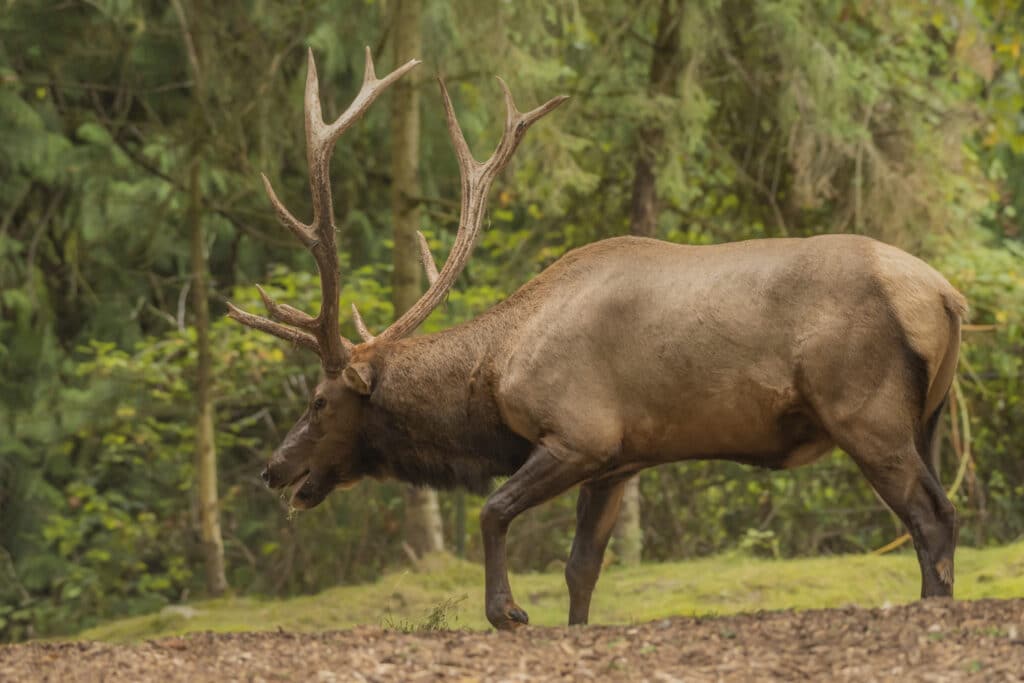
Grizzly bear (Ursus arctos horribilis)
The grizzly bear is a powerful symbol of the wilderness, weighing up to 600 pounds! It inhabits the vast mountainous regions of Western Canada, particularly in British Columbia and Alberta.
Experience the thrill of standing at a safe distance as a mighty grizzly bear strolls along the riverbank, searching for its next meal. The chance to see these impressive bears fishing among sparkling waterfalls in British Columbia is a spectacular experience that every nature lover should experience. If you'd like to see more of these grizzly bears, you can visit The Great Bear Lodge.
Grizzly bears have a surprisingly delicate nature; they are adept at picking berries with their sensitive snouts. During berry season, you can often see these powerful bears enjoying this sweet treat.
Not only are they powerful, but they are also exceptionally curious. They have a habit of thoroughly examining objects in their environment, often by picking them up or biting them. This playful curiosity makes encounters with these bears in the wild all the more fascinating.
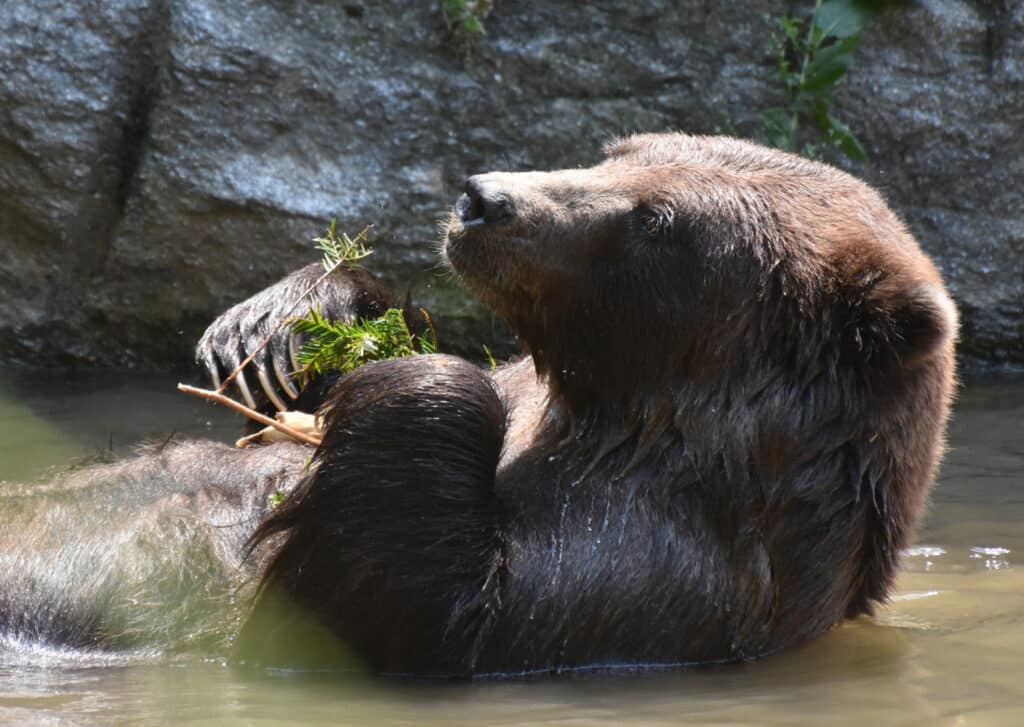
White-tailed eagle (Haliaeetus leucocephalus)
The impressive bald eagle, with its striking white head and tail, soars high above the lakes and coastal areas of Canada.
Known for their sharp eyes and powerful beaks, they are predators and at the top of the aerial food chain. They are also masters of aerial acrobatics, sometimes performing aerial dances, where they display impressive stunts, such as swapping prey with their partner in mid-air.
Sea eagles can perform impressive dives, swooping down at high speed to capture their prey. This spectacular display demonstrates their masterful command of their territory. Besides their impressive flights, sea eagles also engage in a remarkable ritual called the courtship flight. During the courtship flight, the pair rises high into the sky, locks their talons, and spins in freefall before separating. This breathtaking display serves to strengthen the bond between the pair. If you'd like to see a sea eagle, the Fraser Valley is highly recommended!
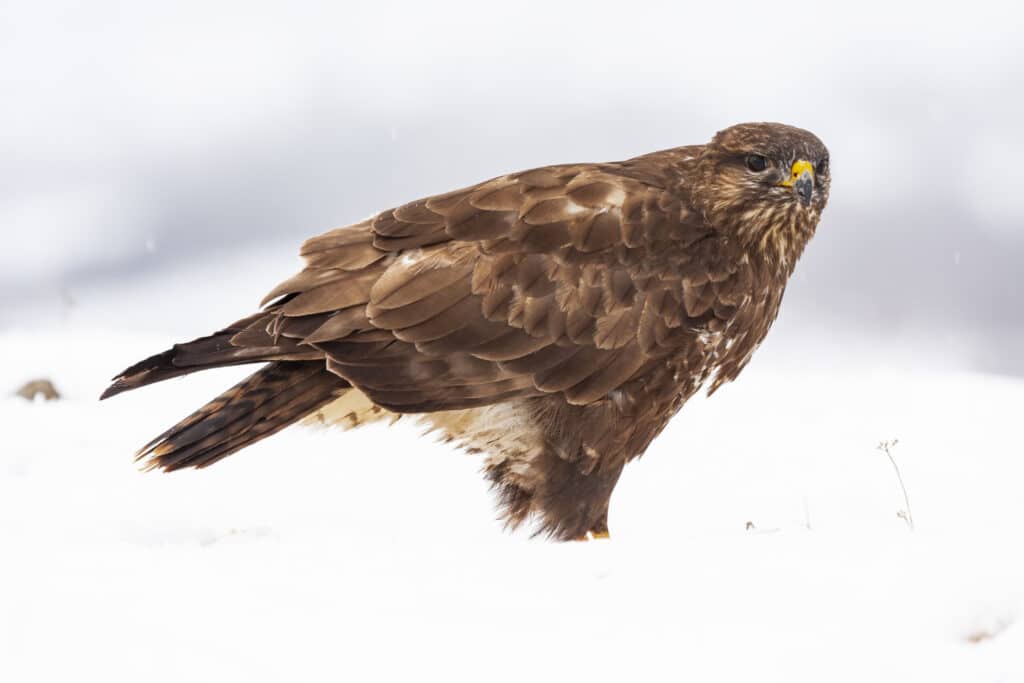
Beaver (Castor canadensis)
The resourceful and lovable beaver can be found building dams in wetlands throughout Canada.
A symbol of perseverance, the beaver is a rodent that uses its sharp teeth to build complex dams and lodges, making them essential for preserving ecosystems and managing water levels.
Beavers use a mixture of mud, sticks, and stones to build sturdy dams. These dams not only provide protection from predators but also serve as a convenient way to access food during the winter.
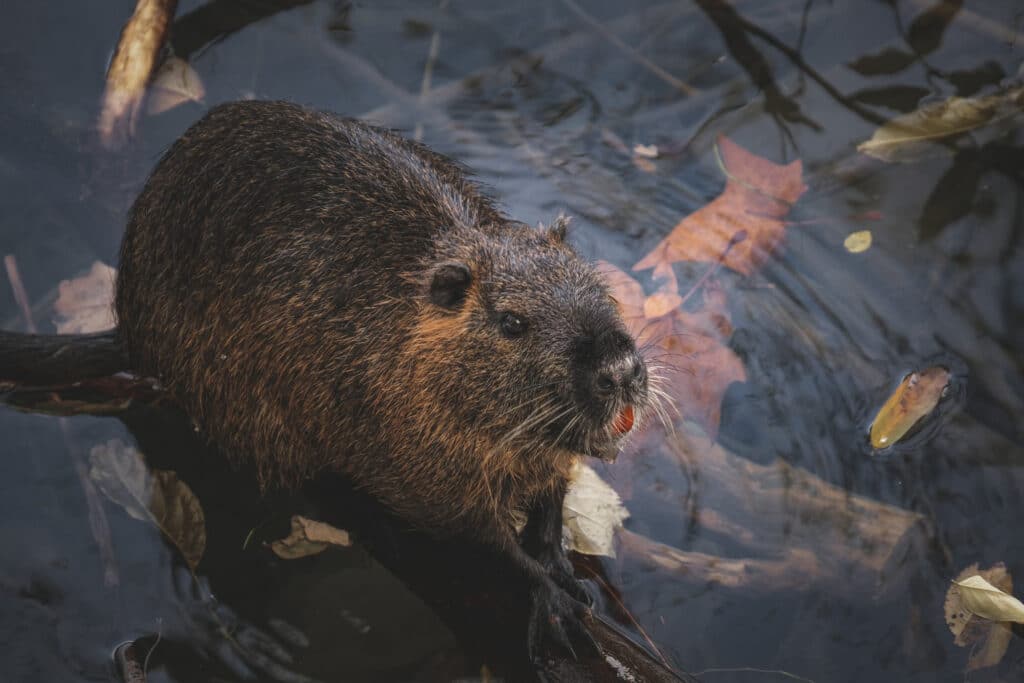
Polar bear (Ursus maritimus)
The majestic polar bear, an icon of Canada's Arctic.
Churchill, Manitoba, transforms into the polar bear capital of the world every winter, offering the unique opportunity to witness these powerful predators against the backdrop of the shimmering Northern Lights. The experience of watching polar bears roam the frozen tundra is a memory you will cherish forever.
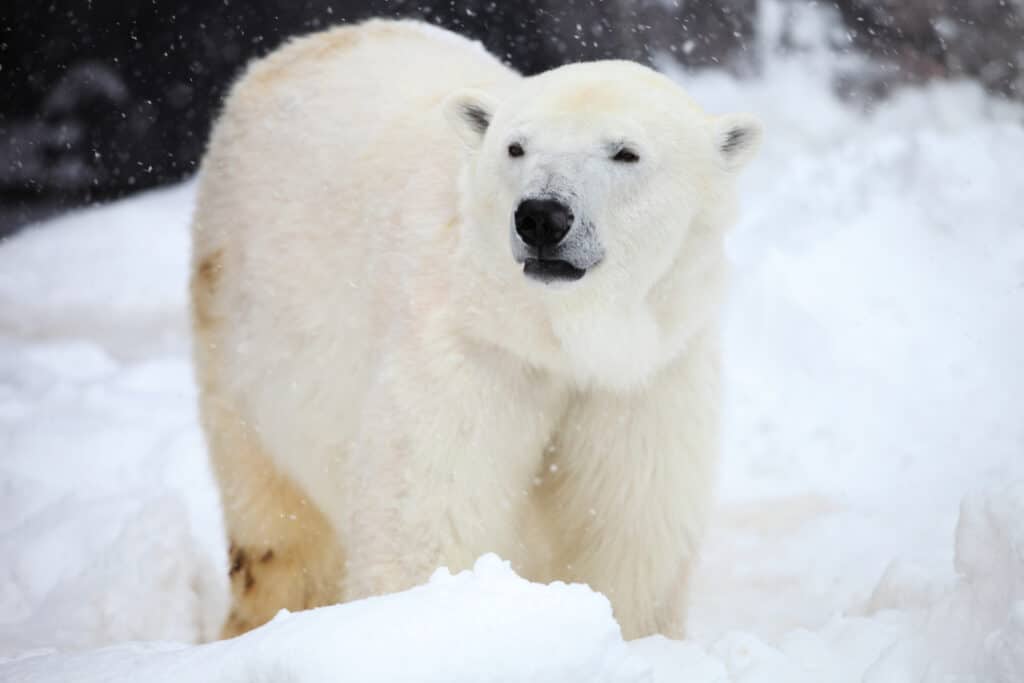
Glutton (Gulo gulo)
The wolverine thrives in remote, rugged areas, including the boreal forests of northern Canada.
A tough northerner, it's a small carnivore with great stamina. They're known for their strength and determination when hunting, a small carnivore with a big personality. A hidden gem among Canada's 10 most popular wild animals.
Wolverines are known as the forest's scavengers. Besides meat, they also eat carrion, making them essential for clearing carcasses. They are the natural cleaners that contribute to the balance of the ecosystem. Wolverines, the daredevils of the north, have a fascinating survival mechanism called caches. When they have an abundance of food, they bury it under the snow to consume later. This clever strategy allows them to enjoy a well-deserved meal in times of scarcity. You can find them in Alberta.
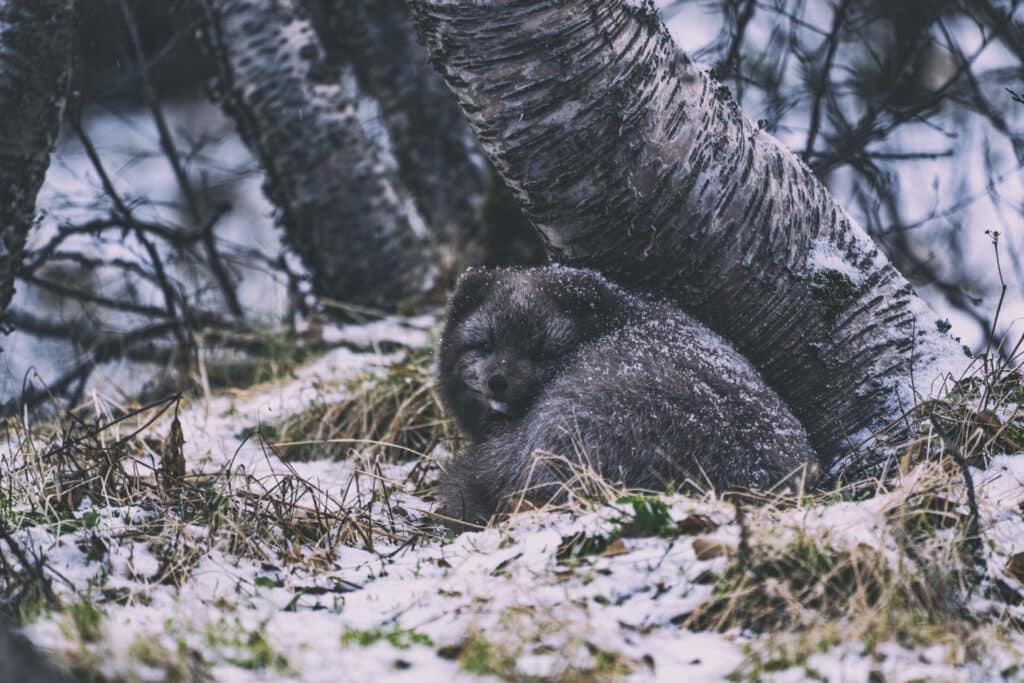
Orca (Orcinus orca)
Set sail from the coast of British Columbia and feel the thrill as a pod of orcas gracefully carves through the waves. Observing these intelligent and social animals in their natural habitat is a magical experience that highlights the rich biodiversity of Canada's marine ecosystems. Orcas have individual characteristics, such as unique fin structures and pigment patches, that make them distinguishable from one another. This allows scientists and observers to identify individual orcas and study their behavior.
Orcas are known for their creative hunting techniques. One striking strategy is creating waves by flapping their fins. These "wavemakers" blind fish and seals, making them easier to catch. Discover these inventive hunters along the Canadian coast for a captivating display of natural intelligence.
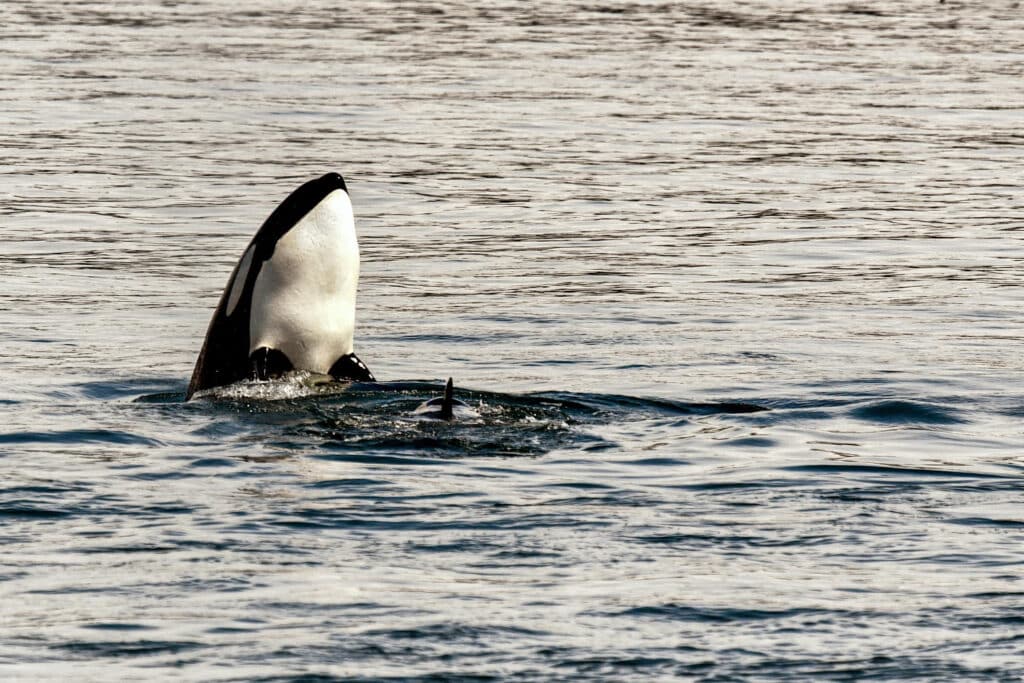
Canadian Lynx (Lynx canadensis)
The elusive Canadian lynx navigates the dense forests of Northern Canada, primarily found in areas such as the Yukon and the Northwest Territories.
The Canada lynx, with its thick fur and fluffy ears, is adapted to life in Canada's cold forests. These predators, with their furry paws, can easily navigate powdery snow and hunt snowshoe hares and other prey. Trek through the pristine wilderness of the Yukon or the Northwest Territories, where the serene silence is interrupted only by the crunch of snow underfoot, hoping to catch a glimpse of these reclusive hunters.
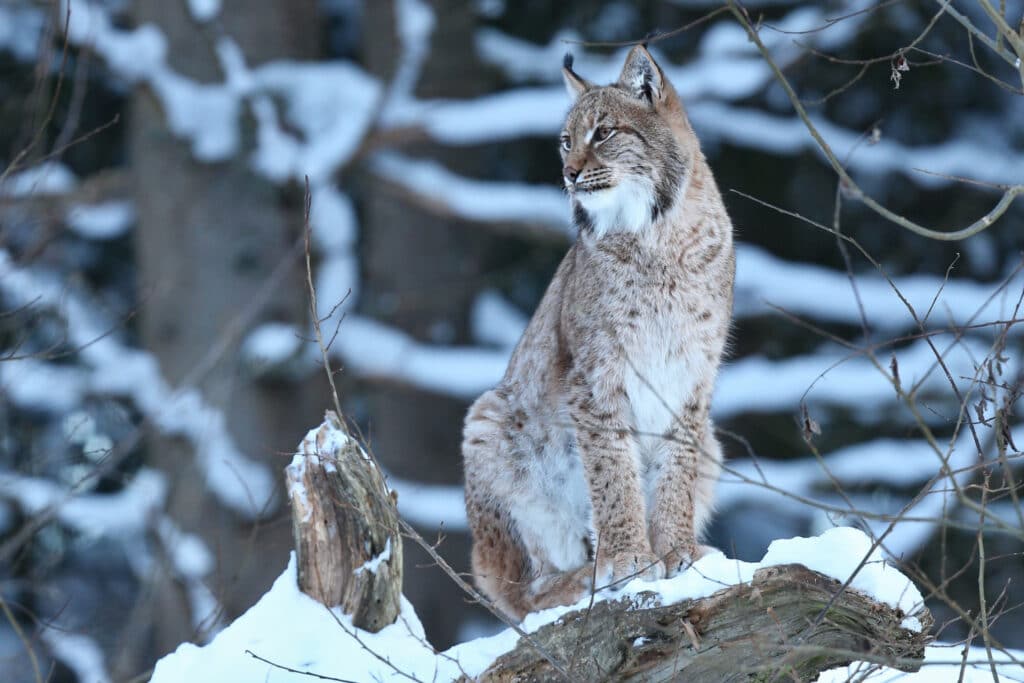
Gray Wolf (Canis lupus)
In the vast wilderness of Canada you can encounter the gray wolf.
These social pack animals are known for their intelligence and adaptability. As apex predators, gray wolves play a vital role in regulating prey populations and contributing to ecosystem balance.
Gray wolves have a varied diet and can hunt a variety of prey, from small rodents to large ungulates. Their adaptability in food selection demonstrates the intelligence of these pack animals.
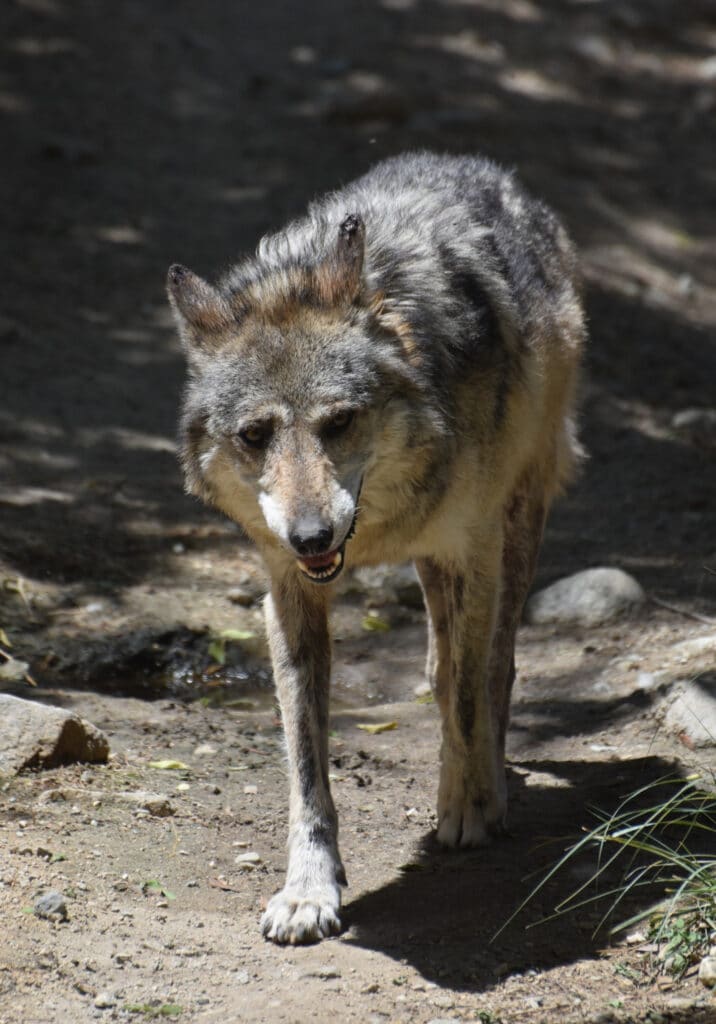
Woodland caribou (Rangifer tarandus caribou)
The sight of a herd of woodland caribou migrating through Canada's snowy landscapes is an awe-inspiring spectacle that embodies the indomitable spirit of the land. These animals, essential to the ecology and Indigenous cultures, represent the deep connection between nature and the people who inhabit this land.
This diverse group of animals reflects Canada's magnificent natural wealth and emphasizes the importance of preserving their habitats for future generations. Woodland caribou have a unique feeding strategy: during the winter, they dig through the snow to reach lichens, a nutritious source that other herbivores struggle to access. This demonstrates their adaptability to the challenging conditions of the boreal forest. If you'd like to see them, you can visit the Parc National de la Gaspésie.
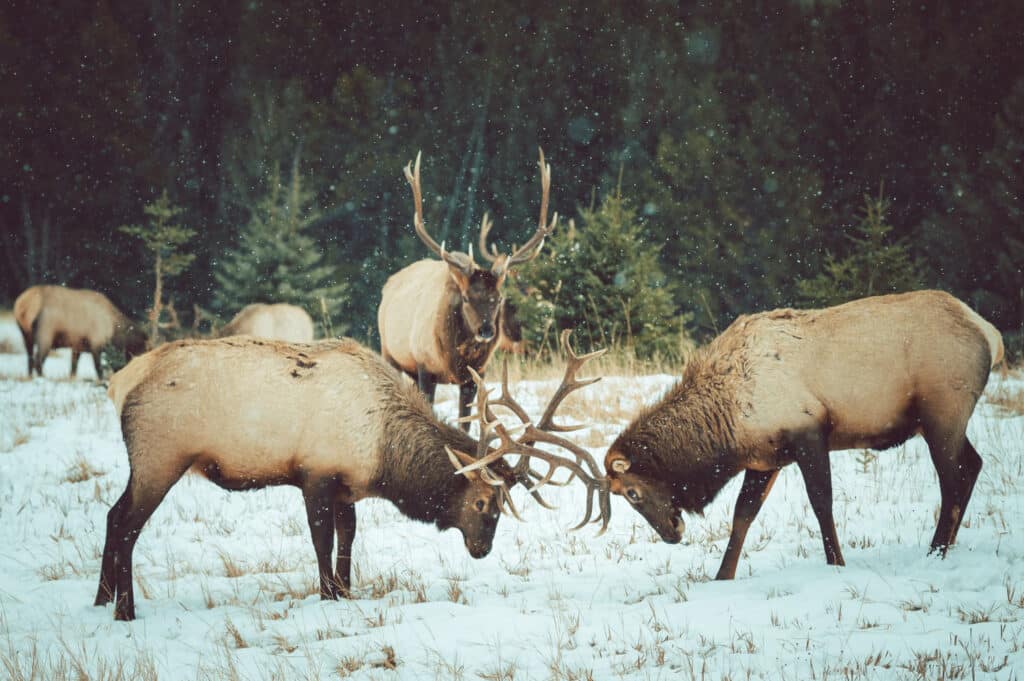
Watch animals live
For those who want to watch these fascinating animals from the comfort of their own home, livecams offer a unique window into Canada's natural world. Keep in mind that there may be a time zone difference.
Orca
Polar bear
White-tailed eagle
This journey through Canada's 10 most iconic wildlife offers just a glimpse of the country's rich natural treasures. Each encounter emphasizes the importance of conservation and respect for these wild inhabitants and their habitats. Whether you participate in person or through a screen, Canada's wild wonders are waiting to be discovered.
Frequently Asked Questions
Which wild animals are most iconic to Canada?
Canada is renowned for its rich and diverse wildlife. The 10 most popular wild animals include the moose, grizzly bear, bald eagle, beaver, polar bear, wolverine, orca, Canadian lynx, gray wolf, and woodland caribou. Each of these animals plays a unique role in Canada's ecosystems and offers travelers the chance for a truly special encounter with nature.
Where can I see moose in Canada?
Moose are common in Eastern Canada, especially in provinces like Ontario, where Algonquin Provincial Park is an excellent place to observe these impressive animals. Here, visitors can witness moose behavior up close, especially during the early morning or dusk.
Is it possible to see grizzly bears safely?
Yes, it is possible to view grizzly bears safely, especially in protected areas like The Great Bear Lodge in British Columbia. These lodges offer organized tours with experienced guides who ensure a safe distance and provide in-depth information about the bears' behavior.
Where can I spot sea eagles?
The Fraser Valley in British Columbia is a fantastic location for seeing bald eagles. This area offers impressive viewing opportunities to see these majestic birds of prey in action, especially during their hunting or mating flights.
What makes the beaver so special in Canada?
The beaver is a symbol of Canada because of its vital role in the ecosystem. By building dams in rivers and lakes, beavers create habitats for other species and help maintain water levels. They are readily found in wetlands throughout the country.
Where can I see polar bears in their natural habitat?
Churchill, Manitoba, is known as the "Polar Bear Capital" of the world. Here you can observe polar bears in their natural habitat, especially during the winter months when they migrate across the frozen tundra. This location offers a unique experience for observing these impressive animals.
Is it possible to see orcas in Canada?
Yes, you can see orcas along the coasts of British Columbia, where they often migrate in pods during the summer. Tour companies offer guided boat trips so visitors can admire these intelligent and social animals up close.
